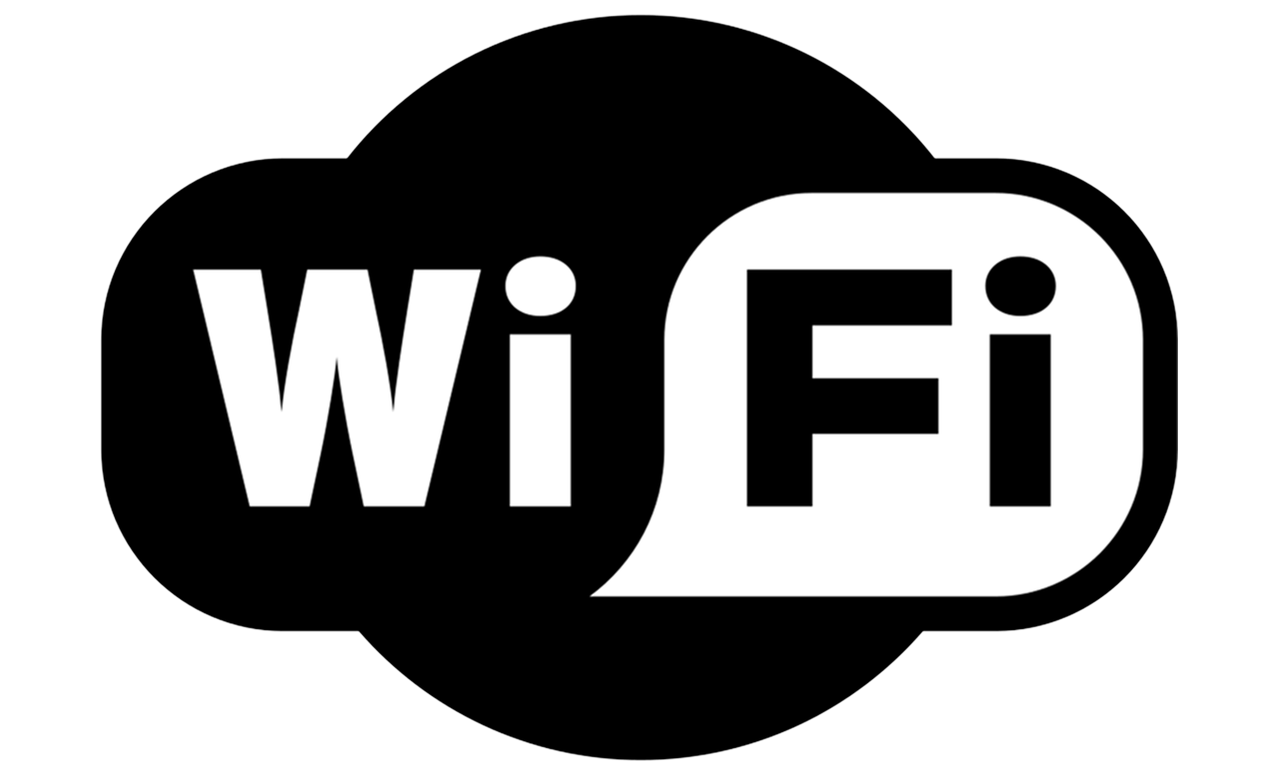Wi-Fi: The Pervasive Standard for High-Speed Wireless Connectivity
Wi-Fi, officially known by the IEEE 802.11 standards, has become an indispensable part of modern life, acting as the primary wireless technology for connecting devices to the internet and to each other within local networks. From smartphones and laptops to smart TVs and gaming consoles, Wi-Fi enables a vast array of devices to communicate seamlessly over radio waves, eliminating the need for cumbersome cables. It primarily operates in the 2.4 GHz and 5 GHz frequency bands, with newer iterations like Wi-Fi 6 (802.11ax) extending into the 6 GHz band, pushing the boundaries of speed and capacity.
At its core, a Wi-Fi network typically revolves around a wireless router or access point, which broadcasts a signal that client devices can connect to. This router serves as the gateway, managing data traffic and providing internet access. The strength of Wi-Fi lies in its capability to deliver high data transfer rates, making it exceptionally well-suited for bandwidth-intensive applications. This includes smooth streaming of high-definition and 4K video content, rapid file downloads, real-time online gaming, and supporting multiple users simultaneously engaging in data-heavy activities. The continuous evolution of Wi-Fi standards focuses on improving efficiency in crowded network environments and enhancing overall throughput, ensuring that users experience fast and reliable connectivity.
However, the design optimizations for high bandwidth also shape some of Wi-Fi’s operational characteristics. The power requirements for maintaining high-speed connections mean that Wi-Fi modules in devices tend to consume more energy compared to other wireless technologies. This can be a significant consideration for small, battery-powered sensors or devices designed for years of operation without external power. Furthermore, while Wi-Fi offers substantial range, its performance can be impacted by physical obstacles like thick walls and floors, which can lead to signal degradation and dead spots. In environments with many Wi-Fi networks or numerous devices, signal congestion and interference can also arise, potentially leading to reduced speeds or intermittent connections. Managing network security, while robust when properly configured, also requires diligence to prevent unauthorized access. Despite these considerations, Wi-Fi’s unparalleled speed, universal adoption, and direct internet connectivity make it the foundational wireless technology for our digitally driven world.entially leading to reduced speeds or intermittent connections. Managing network security, while robust when properly configured, also requires diligence to prevent unauthorized access. Despite these considerations, Wi-Fi’s unparalleled speed, universal adoption, and direct internet connectivity make it the foundational wireless technology for our digitally driven world.


